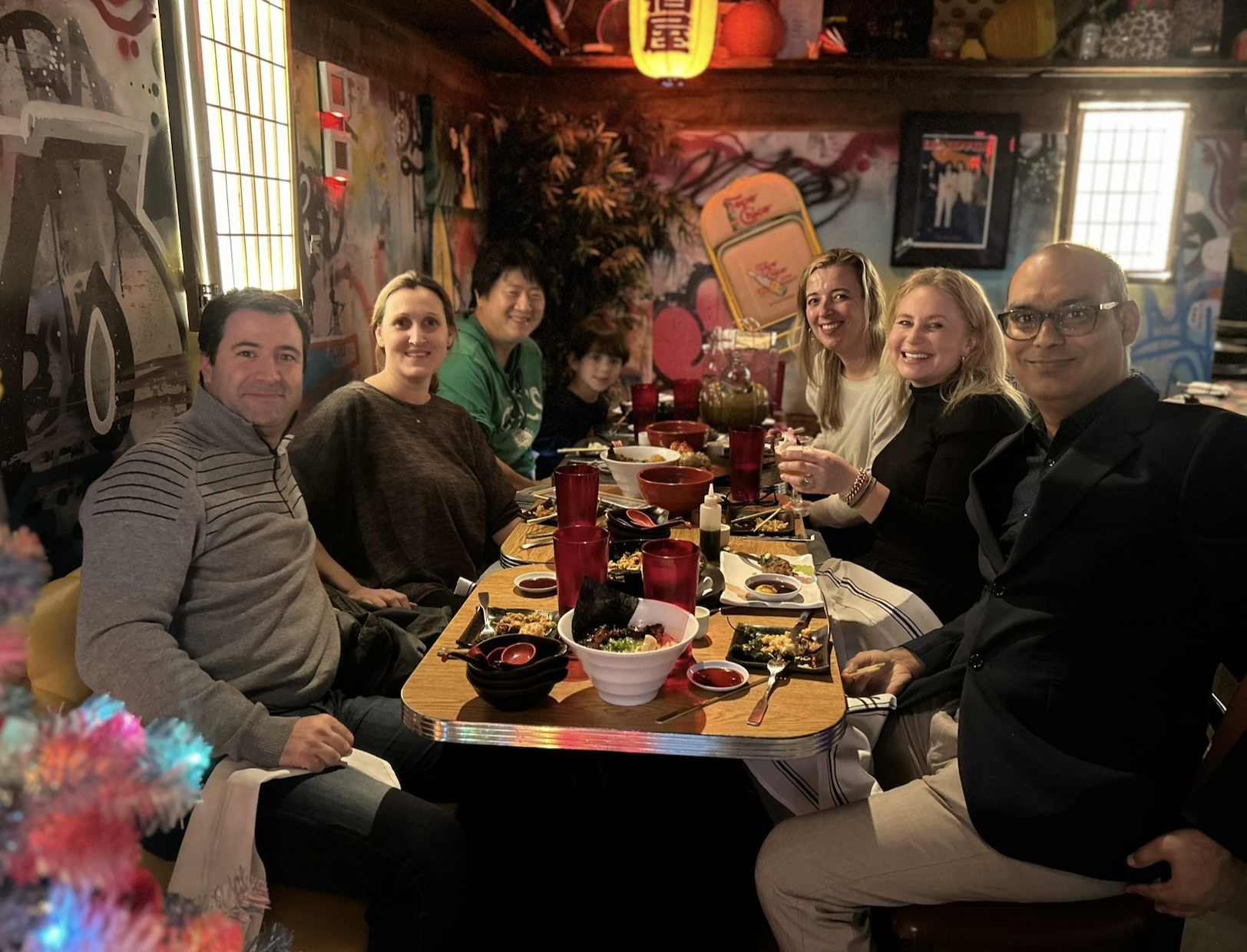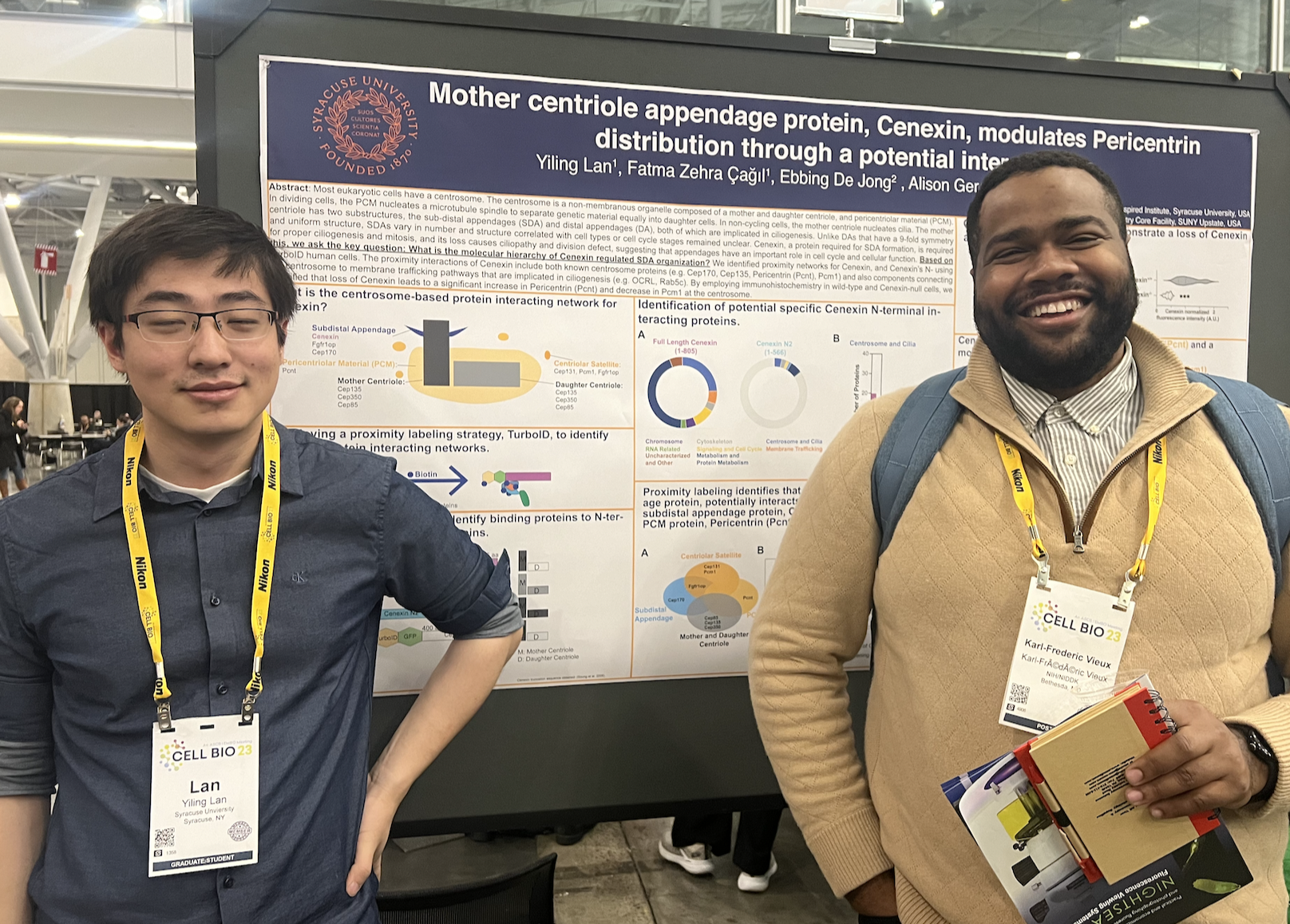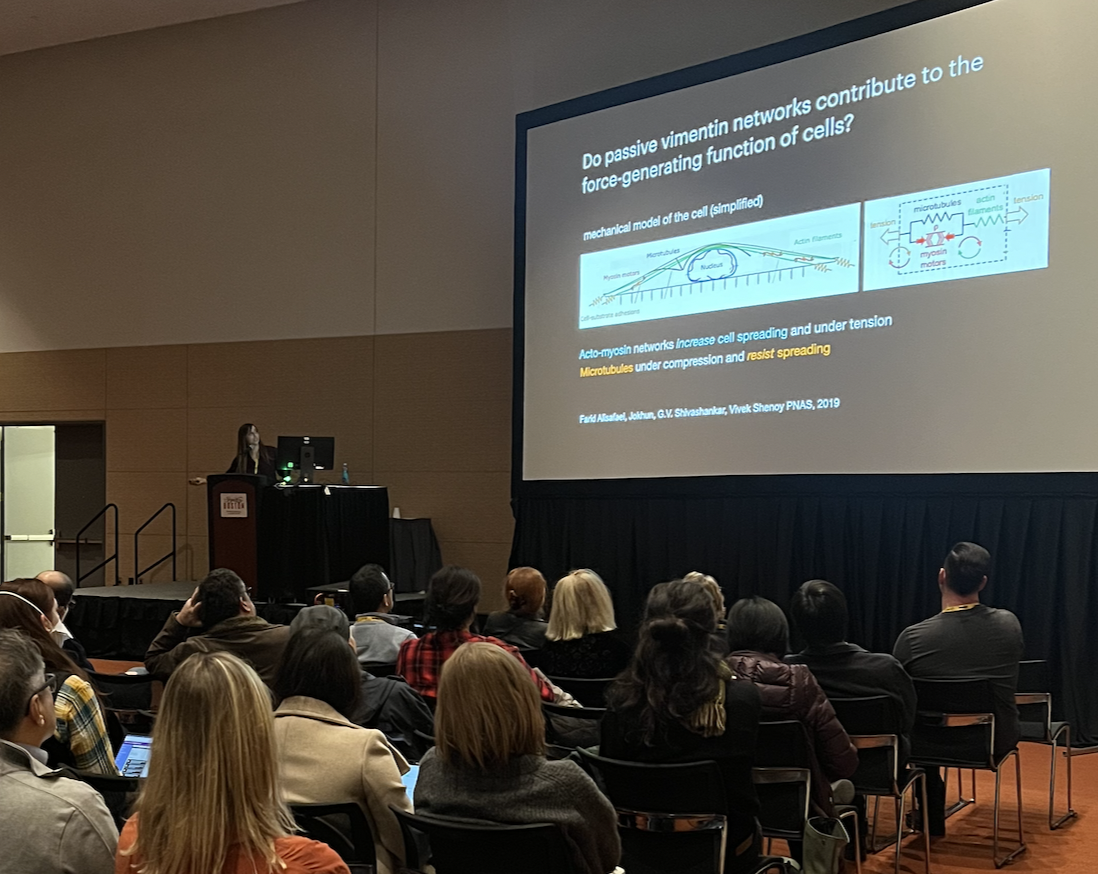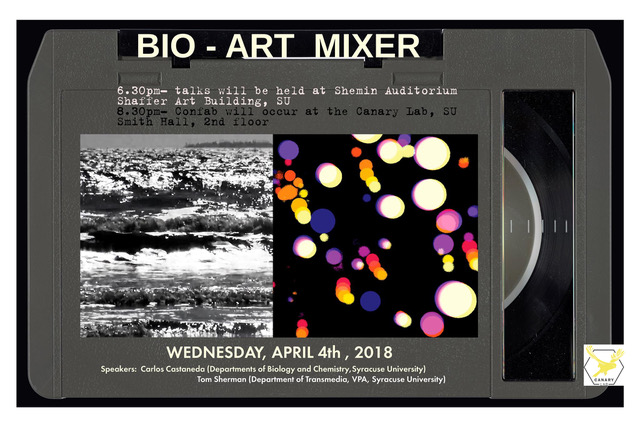Wednesday, April 4th, 2018, 6.30 pm.
6.30 pm- talks will be held at Shemin Auditorium at Shaffer Art Building, Syracuse University, ground floor
8.30pm- Confab will occur at the Canary Lab, Syracuse University
Smith Hall, 2nd floor where libations will be served.
This time we will have two speakers, followed by a discussion moderated by Ed Morris and a GAME designed by Mohini Dutta and Ben Norskov together with our informal talks over drinks!
Tom Sherman (Department of Transmedia, VPA, Syracuse University)
The Light Off the Water: If we stare into light reflecting off the surface of a body of water, does the apparatus of sight measure the light as an internal rhythm of after-vision? As the water-articulated light hits the retinas and is delivered to the brain through the optic nerves, is the resulting bioelectrical disturbance read in part as a form of silent ‘music’ in the brain? Do we lock into a parallel, slightly delayed, internal non-auditory beat structure as light is processed in the dark gap between external and internal images? Do we sense the bioelectrical undercurrent as the optic nerves fire?
Carlos Castaneda (Departments of Biology and Chemistry, Syracuse University)
Phasing in and out: Droplets and Disease: The very crowded environment of a human cell is full of biological material including protein, DNA and RNA. How do our cells organize this chaos? You may have learned of membrane-bound organelles like the nucleus and mitochondria in high school biology, but did you know that there are membraneLESS organelles too? We’ll talk about how these dynamic, membraneless entities act like liquid droplets inside cells, as well as how they assemble and disassemble. We are using microscopy and other methods to study how these membraneless bodies are disrupted in disease, especially neurological disorders such as ALS.
What is the Bio-Art Mixer?
The Bio-Art Mixer is an event where art and life sciences meet, where faculty and graduate students are invited to share their research, to get ideas for their new projects or to simply view their own work from the perspective of a different discipline. Every meeting we will have four short presentations and plenty of time for informal conversations. The mixer will take place twice a semester.
Our ambition is to make the Bio-Art Mixer a foundation for future exhibitions, demonstrations and new collaborative projects involving art and the life sciences, and to inspire interdisciplinary research across the universities in the region and to engage local communities.
The Bio-Art Mixer is an initiative of Heidi Hehnly, Ph.D. Assistant Professor at SUNY Upstate Medical University and Boryana Rossa Ph.D. Assistant Professor, Transmedia Department at Syracuse University in collaboration with the Canary Lab.









